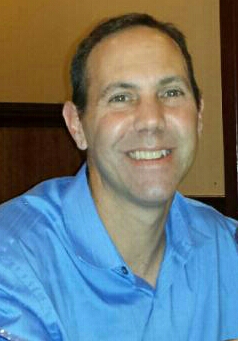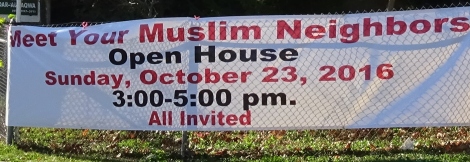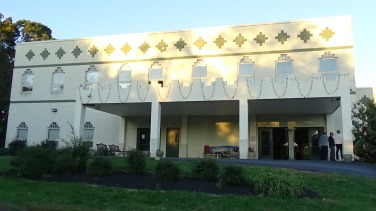‘Play the Whole Tape:’ The Struggle of Addiction
 The lanky young man with the tattoos took a break from his intricately-detailed pencil-sketching to look up from his art and turned to face me after I introduced myself to the group.
The lanky young man with the tattoos took a break from his intricately-detailed pencil-sketching to look up from his art and turned to face me after I introduced myself to the group.
“Have you ever been addicted to drugs?” he asked.
“No,” I responded.
“Ever been addicted to alcohol?”
“No,” I said again.
“What can you know?” he mumbled with disgust and turned back to focus on his artwork.
It was my first day as a co-leader of a substance abuse therapy group, an internship for my clinical mental health counseling master’s degree as I make a career transition from public relations to counseling. The group leader smoothed the edges by telling the group members they can learn different things from counselors who had addiction problems and those who haven’t. The leaders with whom I have worked had substance abuse histories and can talk the language of the streets and drug culture; I can’t.
When a member glorifies the days of using, as those in substance abuse recovery are wont to do, one leader admonishes: “Play the whole tape,” meaning remember the misery that accompanied the action, the “ripping and running.”
Later in the session, the young man apologized to me and the group for his abrasiveness, saying he had discovered just before the session that a good friend from childhood had died by drug overdose. That type of emotional volatility and chaotic, unpredictable life is common among members.
In my two months co-leading and leading this three-hour-long group session, I have learned from members and have become more comfortable guiding and interacting with them. The members provide a fascinating window on life’s struggles and many life themes: redemption, commitment, determination, acceptance, grace, hope, resilience, courage, meaning, generosity, self-centeredness, self-destruction, temptation and despair.
Group members represent a microcosm of society: male and female; fathers and mothers; black, white and Hispanic; teenagers to seniors; those from childhoods of abuse, neglect and deprivation and others from relatively stable, caring families; workers and jobless; people doggedly seeking change and others going through the motions.
Some have been homeless, shunned by family members. Many have been imprisoned, and some still are dealing with charges that could result in jail time with any transgression. Some have risked their lives to get drugs, running dangerous streets at all hours, banging on doors of drug dealers. They have lost children, jobs, health, relationships, dignity, trust and respect over their addictions. Many have been through rehab before, but reverted to previous habits, some as soon as they exited. Their emotional lives have been engulfed with fear, shame, guilt, resentment, anger and damaged self-worth.
I don’t have any particular unique or profound insight into the scourge of addictive behavior and those who come under the influence of alcohol and drugs. I only have impressions as a person and professional new and fairly oblivious to this world. My biggest takeaway is that these individuals are not addicts, but people with addictions. In our society, we tend to apply labels to people that come with proscribed traits and characteristics, effectively straight-jacketing people into circumscribed boxes.
The experience has reinforced for me that addiction does not define the group members, a lesson I also learned first-hand when a roommate suffered a relapse. In fact, addiction is not at the core of their being at all. They are so much more than “addicts.” I appreciate the regular group members I have gotten to know for their sense of humor, loyalty, caring, openness, friendliness, raw honesty, suffering and commitment.
One woman exemplified the power of passion, hope and resilience – and the difference between those who truly accept and want to beat addiction and others who may be biding time – in an activity I led challenging the members to identify their strengths. Some struggled to come up with more than two; a few others declined to offer even one when called upon to share. But this woman, for whom the phrase “to hell and back” would apply, rattled off about a dozen assets. She appears to want recovery bad; her emotional pain is palpable. She has a medical condition that might keep others away, but she refuses to miss or give up. She’s a good person who got some raw deals in life and made some regrettable choices that sent her into a downward spiral, like many of the members, and she’s developing the courage to own it all. She is recognizing her worth as a human. She expresses faith.
I’m pulling and praying for her and the others to beat their addictions and find serenity and contentment, and hope I can be a positive influence, however small, on their recovery.

 fear, misinformation, rhetoric and propaganda about the religion based on the 1,400-year-old Qur’an.
fear, misinformation, rhetoric and propaganda about the religion based on the 1,400-year-old Qur’an.